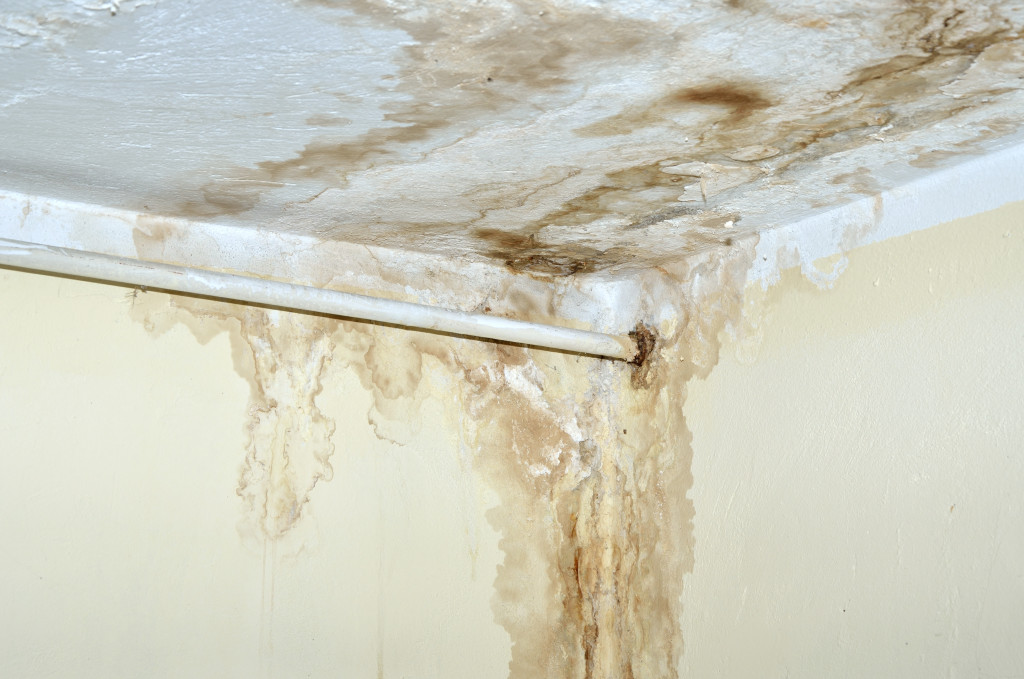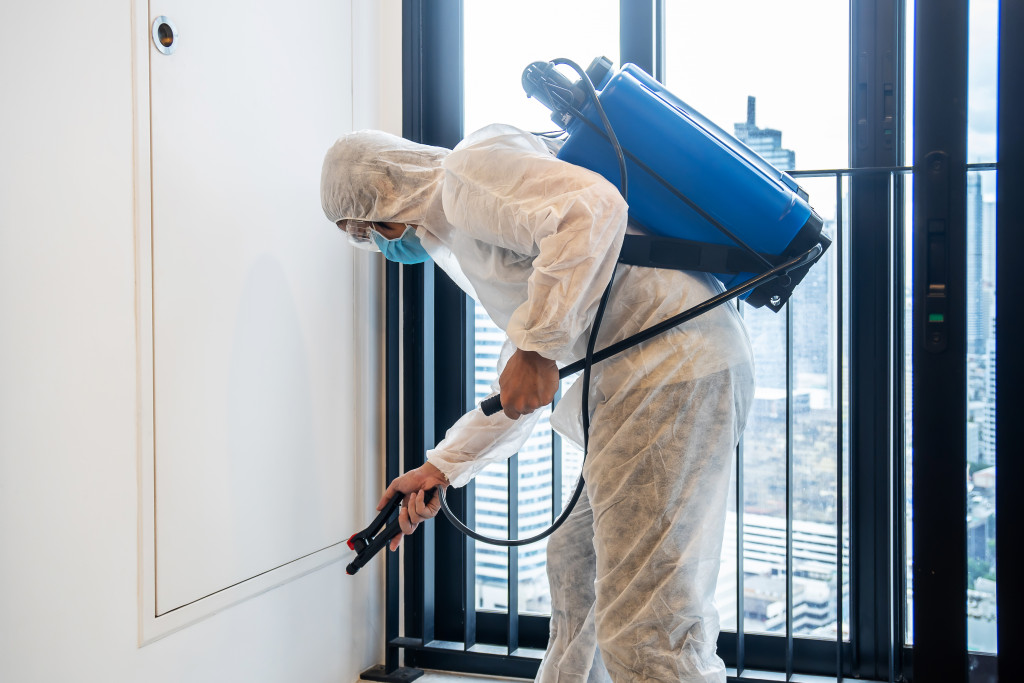A home should be a comfortable and safe space for homeowners. It should be a place where they can relax and feel at ease. People will dedicate time, effort, and resources to ensuring that it stays. However, it doesn’t mean that dangerous elements are not hiding within the walls of your residential property.
Unfortunately, those dangerous elements might be at peak growth when you notice them, making it challenging to eliminate them yourself. You might have to contact professionals to remove them. It might be costly, but it is essential for your health. Here are the hazardous elements you should worry about in your home.
Lead Paint
If you built your home before 1978, there is a high chance of having lead paint. It was a popular material used in construction because it was durable and had a beautiful sheen. However, what people didn’t know is that lead is toxic. Studies have found that even low levels of lead exposure can cause neurological problems, anemia, and kidney damage.
You should be especially careful if you have small children at home. They are more susceptible to the harmful effects of lead because their bodies are still developing. If you think that your home has lead paint, don’t try to remove it yourself. Contact a professional with the proper equipment and training to do it safely.
Asbestos
Asbestos is another common material used in construction. It was a popular choice because it had excellent fireproofing and insulating properties. However, asbestos can also cause serious health problems when inhaled or ingested. Unfortunately, it might be one of the leading causes of cancer.
If you notice any cracks or damage to your home that could expose asbestos, contact a professional immediately for removal. Don’t try to remove the materials yourself, as it can result in breathing difficulties, lung cancer, and mesothelioma.
Mold

Mold might sound like an annoying nuisance, but it’s pretty dangerous if left untreated. It is possible to suffer from respiratory conditions such as asthma attacks and chronic obstructive pulmonary disorder (COPD), not to mention other health problems like skin irritation, headaches, and dizziness.
If you notice mold in your home, the first thing you should do is identify the source of moisture. It could be a leaky pipe or a window without an adequate seal. Once you’ve fixed the problem, clean the affected areas with detergent and water. If the mold persists, contact a professional for removal.
Radon
Radon is a colorless and odorless gas found in soil and rocks. It can enter your home through cracks in the foundation or gaps around doors and windows. Radon is among the leading causes of lung cancer among nonsmokers.
The only way to know if your home has radon is by performing a radon test, which you can do yourself or hire a professional. If there are higher gas levels in your home, contact an expert for proper mitigation and prevention.
Carbon Monoxide Poisoning
Like radon, carbon monoxide is a colorless, odorless gas. The latter gets emitted from household appliances such as furnaces, water heaters, and stoves. It can also leak from automobile exhausts. If there are high levels of carbon monoxide in your home, it could lead to severe medical conditions like nausea, dizziness, headaches, skipped heartbeat, and even death.
If you suspect that your home might have carbon monoxide poisoning but haven’t been feeling unwell yourself yet, contact a professional immediately for testing. Once those experts identify the problem, they will work on installing alarms or repairing the source of CO emissions to prevent it from happening again.
Dryer Lint
You might not think that lint is dangerous, but it can be a fire hazard. Lint is highly flammable and can easily ignite if it comes into contact with heat or an open flame.
To avoid this, clean your dryer’s lint trap after every use. It would help to vacuum the area around the dryer to remove any lint accumulated over time. If you notice any clogs in the venting system, have a professional clean it out to avoid a fire.
Pesticides
Pesticides can kill pests, but they can also be harmful to humans if not used properly. Exposure to pesticides could lead to developmental problems, cancer, and even death.
If you use pesticides in your home, always follow the directions on the label to ensure proper application. Furthermore, store them in a place where children can’t reach and inform everyone in your household about the dangers of pesticide exposure.
Conclusion
Many different elements in your home could be dangerous to you and your family if left untreated. Whether it’s asbestos, mold, radon, or any other material, the best way to keep yourself safe is by having professionals assist you with removal and prevention.

